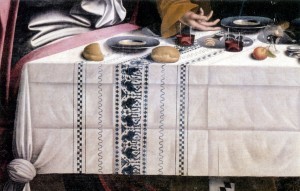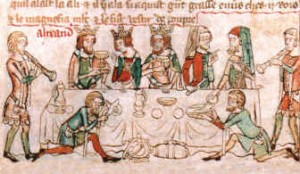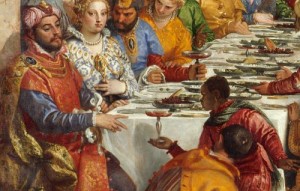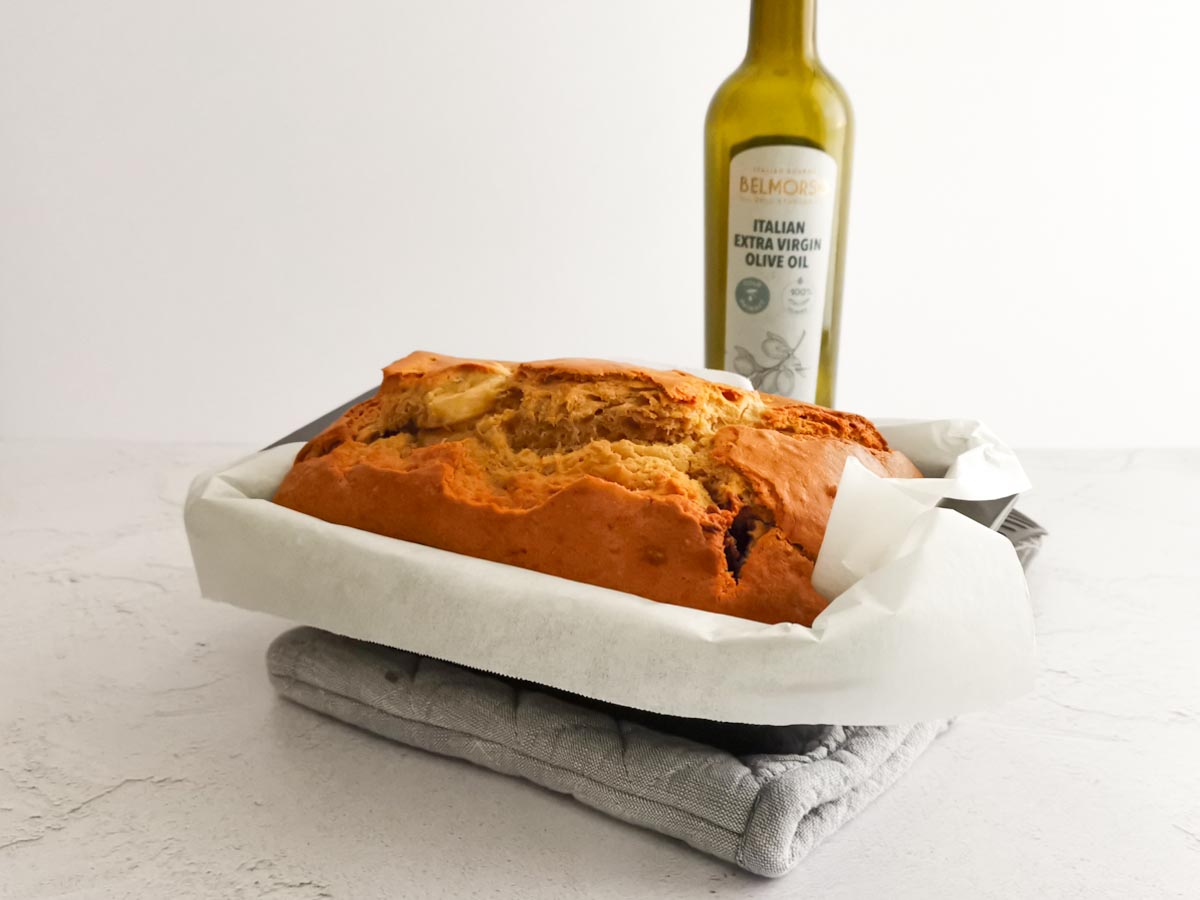
The Dinette Teller – 02. The Tablecloth
Throughout history, the tablecloth has always been associated with class and elegance.
The most ancient tablecloth is the well-known pure-white version, but in Persia, coloured ones already existed even as early as the 3rd century B.C.
Actually, before the Punic Wars’ period, the table setting we know today was not practiced yet. There were no meal settings at that time. The “ritual” value of food was not observed yet, and only at the end of the Republican Age was the habit “to lay the table” and table manners became an expression of civilization.
The first tablecloths were sort of heavy carpets, chosen for their ability to soften the noise of clashing crockery and to absorb spills from juices and liquids, thanks to their thickness.
In the Middle Ages, white linen tablecloth, decorated with vivid stripes and flounces, were used to set the table during important events. Sometimes, tablecloths were scented with essential oils, and additional coloured fabrics were put on top to match foods’ tones.
The tablecloth progressively became a prestige symbol, and to be rid of it represented a mortification for the hosts or even meted out as a form of punishment. Knights who didn’t accomplish their obligations were publicly humiliated by removing the tablecloth from the place where they were having their meals.
Between the 15th and 16th century, the tablecloths became officially part of the daily and marriage linens set for the wealthiest social class. Embroideries, embellishments, and ribbons were incorporated to adorn them.
In the same period, the napkins also changed. Beforehand, they were meant just as big tissue pieces, shared amongst various commensals to clean oily fingers since cutlery was not usual. In the 15th century, napkins became singular and for this reason, they began to be used to further a table’s decoration, folded in complex and astonishing ways.
In the Baroque Epoch, tablecloths became even more extravagant and elaborated, with damask patterns, laces, and lively painted drapes.
From the 18th century onwards, both the tablecloth and napkins became less flashy, choosing simpler tissue, usually plain and white. Nowadays, it is possible to find a huge range of patterns and decorations, from the most elegant style to the cartoons inspired pressed fabrics, to satisfy every need and taste.








